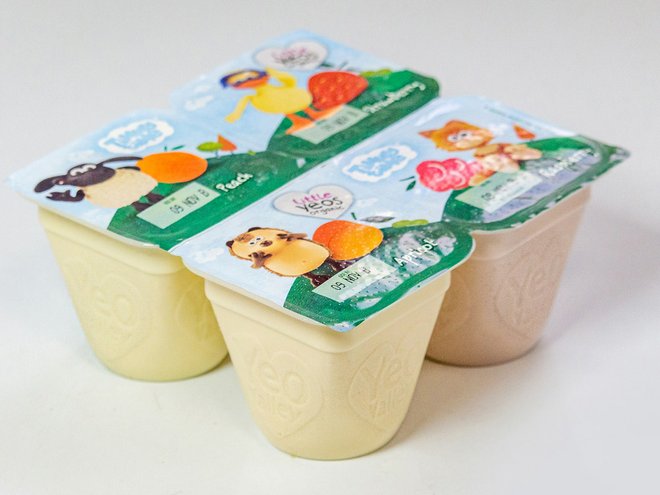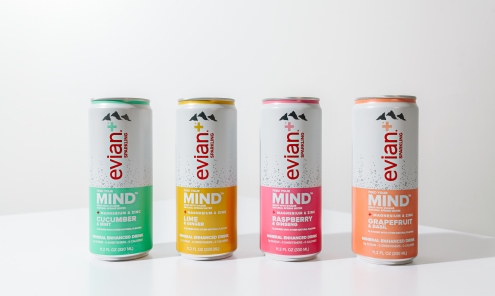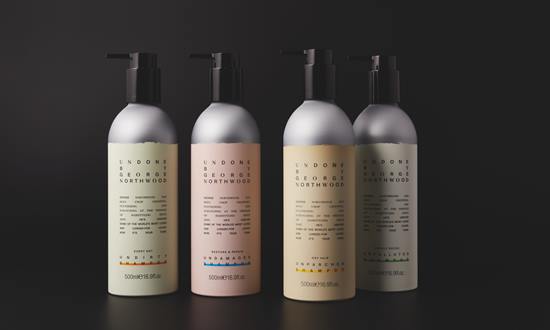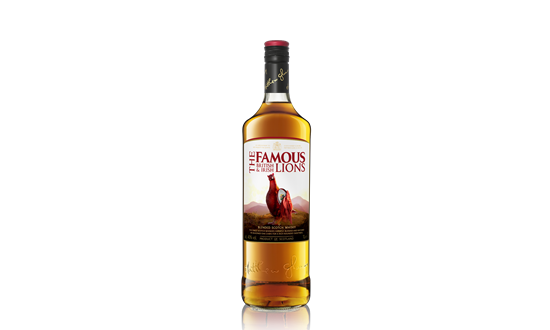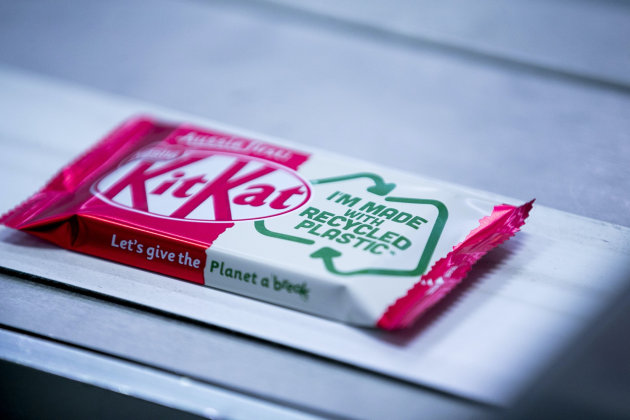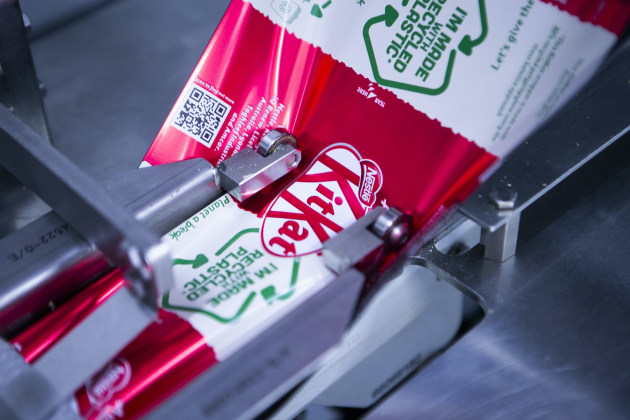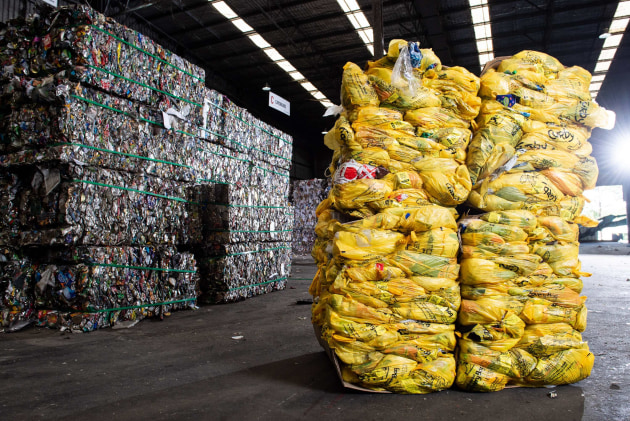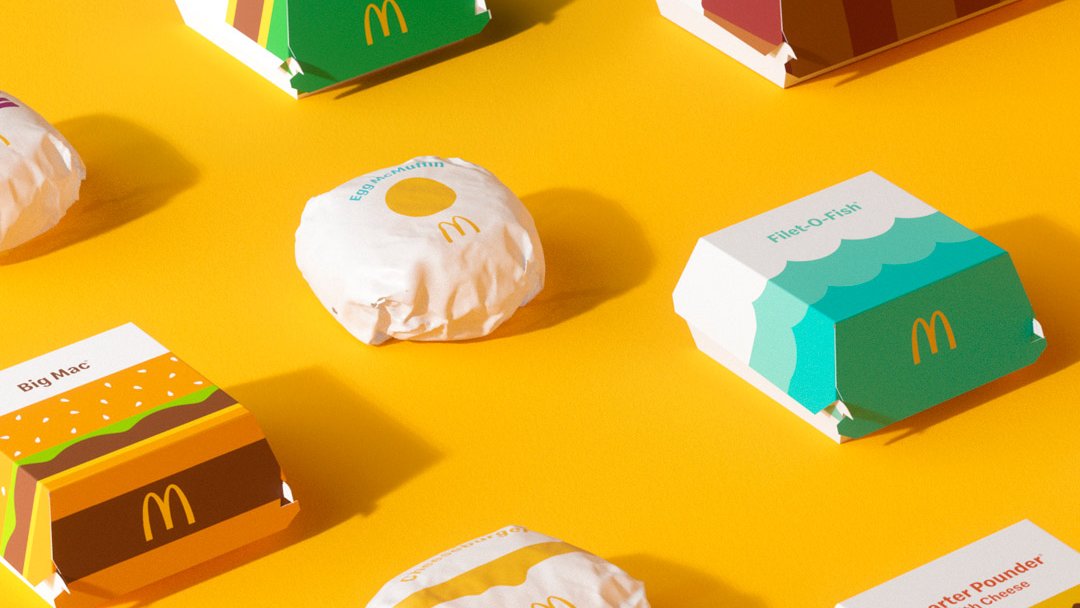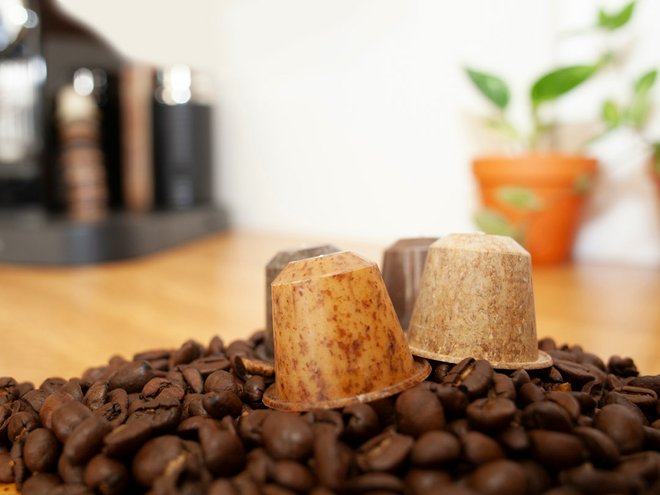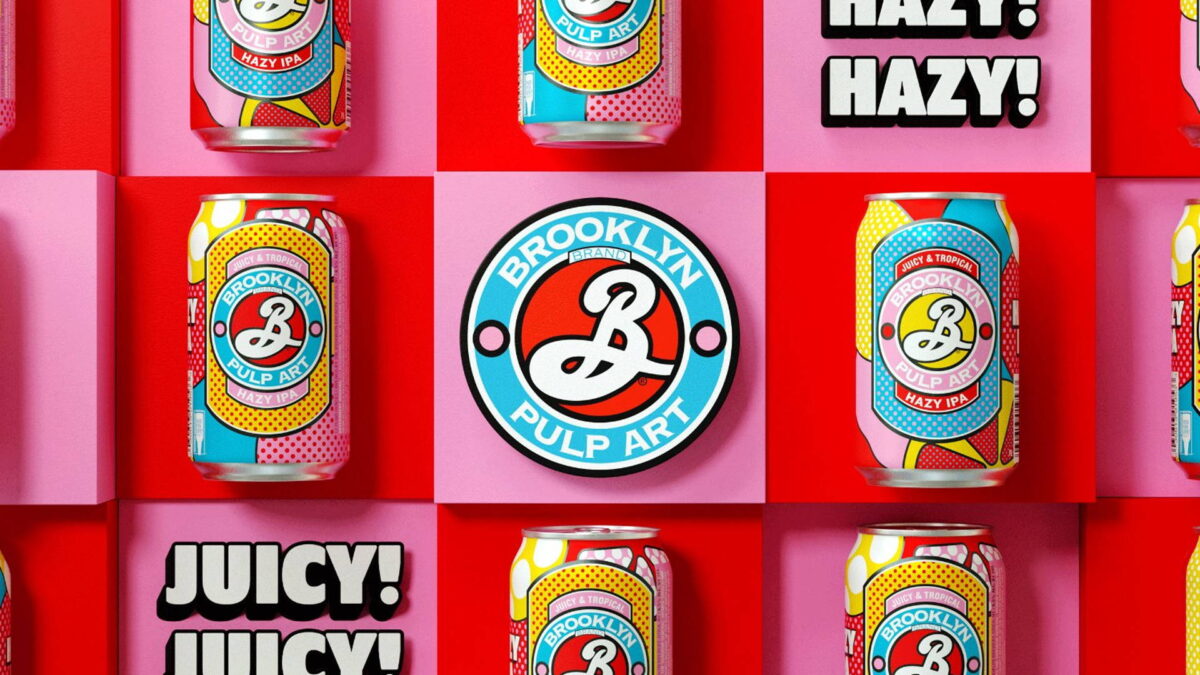Over the past two years, following requests from retailers, Greiner Packaging has replaced yoghurt multi-packs made from polystyrene (PS) with polypropylene (PP), and ‘Project Snap’ has now successfully recreated the ‘snap’ which consumers love.
Yoghurt multi-packs have traditionally been made from polystyrene (PS), but there is currently no PS recycling stream in some territories, leading supermarkets to focus on removing all PS products.
Seeking to deliver a sustainable alternative, in February 2018 Greiner Packaging’s factory in Dungannon, Northern Ireland, began trials using polypropylene (PP), and says it was the first in the UK to recreate a functional multi-pack in PP.
One of the advantages of PS was its ability to deliver an effective ‘break’ which was initially difficult to achieve with PP. Leading UK retailer Tesco was one of the first customers to move from PS multi-packs to PP multi-packs, but consumers were disappointed that packs made from the new material did not ‘snap’ in the same way as the previous PS packs.
In July 2020, Greiner Packaging began ‘Project Snap’ to develop and improve PP multi-pack breakability. By October 2020, the first successful filling trials of the latest PP 4-pack had begun, and the new improved yoghurt 100g 4-packs are now on-shelf.
Multi-pack development from PS to PP has reportedly taken considerable investment, but has been achieved faster than originally expected, with ‘Project Snap’ delivering the final part of the story.
“Over the past two and a half years, Greiner Packaging Dungannon has invested heavily in delivering these multi-packs made from PP and then further engineering to give the same satisfying ‘snap’ as their predecessors,” says Greiner Packaging UK & Ireland CEO Philip Woolsey
“The next step, for PP yoghurt multi-packs will be to manufacture them using recycled PP,” Woolsey concludes. “Mechanically recycled PP can currently only be used for non-food packaging, however food approval is now in preparation. Chemically recycled PP is suitable for food contact, but not readily available as there are no large-scale recycling streams for PP.
“Greiner Packaging is currently involved in a project that aims to obtain food approval for r-PP from mechanical recycling. Ultimately, we will have succeeded in helping retailers move to using a material that genuinely delivers on our circular economy commitments, while still keep the fun element in place for consumers.”
Source
https://packagingeurope.com/greiner-helps-tesco-add-snap-back-to-pp-yoghurt-tubs/

